This review was kindly provided by gun-test.ru.
It’s about two years since the presentation of the compact series of Pulsar Axion thermal imaging devices. At the time they surprised me with the reasonable price and miniature dimensions. A year later, the Pulsar Axion XQ series appeared, which has significantly advanced features compared to the XM series. I recently tested the new Pulsar Axion LRF XQ38 device, which we will talk about in more detail.
The previous series of Pulsar Axion XM and Pulsar Axion Key XM thermal imaging devices were based on a bolometric matrix of 320×240 pixels with a frequency of 50 Hz, pixel size – 12 microns. The new XQ series has a completely different matrix – 388x284 pixels.
At first glance, the difference in matrix size with the Pulsar Axion XM series is not really significant, but it's all about pixel size – the Axion XQ uses 17 micron sensors. Taking this into account, it turns out that the actual size of the XQ is about 30% larger than the XM. It’s no secret that the Pulsar Axion LRF XQ38 sensor is similar to that used in the Pulsar Helion XQ.
The image obtained from the matrix with a larger pixel size appears to be more comprehensive and detailed which gives more options for target identification. In addition, this sensor has increased thermal sensitivity: its NETD indicator is 40 mK, the lower this value, the better. For example, the NETD value was 50 mK for the first generation of the Pulsar Helion XQ.
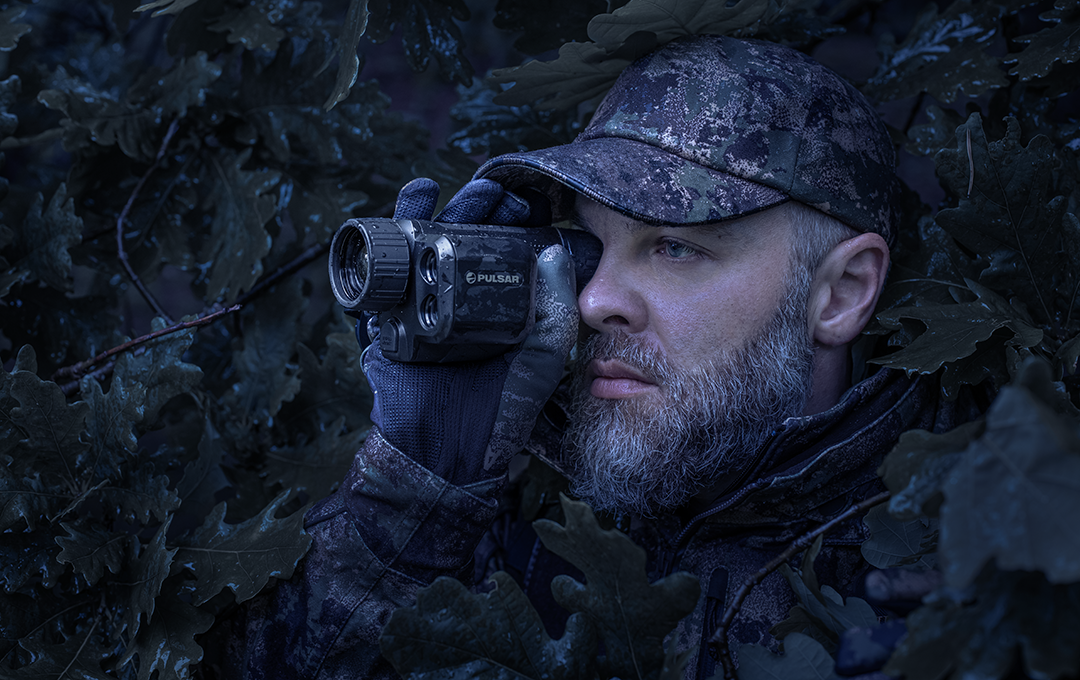
To keep it simple, NETD is the ability of a sensor to detect the temperature difference between adjacent points. Sensors with a low NETD value work better in atmospheric precipitation (rain, snow), in dense fog, plus they have lower “noise” levels.
It must have been a difficult engineering task to fit such a large sensor into a compact body. Cooling and energy consumption issues had to be resolved – and Pulsar managed it and there is no overheating. Apparently, the magnesium alloy body helps with this issue.
Another major innovation of the Pulsar Axion LRF XQ38 is a built-in laser rangefinder with a range of up to 1000 m, with a measurement accuracy of 1 m. A laser rangefinder operates in scan and single measurement modes. Until now, there was only one device in the line of Pulsar observation thermal imaging devices with a built-in laser rangefinder – Pulsar Accolade 2 LRF XP50 binoculars. A good thermal imaging device with excellent performance, but expensive.
Until now, the so-called “stadiometric rangefinder” was present in Pulsar thermal imaging monoculars. Let’s revise how it works – two lines appear on the display, which are brought to the upper and lower points of the object with predetermined dimensions – a deer, a wild boar, a hare, after which the device calculates the distance. It is clear that this method of measurement gives a very approximate distance to the target and, unfortunately, is completely devoid of the important quality of measurement efficiency.
As I mentioned the Pulsar Axion LRF XQ38 has an increased range of confident target detection (identification) compared to the previous series due to its large matrix. A hunter has the opportunity to start shooting from long distances. This raises the issue of measuring distances accurately.
Therefore, the availability of a laser rangefinder for hunters who want to shoot at long distances is an urgent need. Here’s an example: the drop of a cartridge relative to the aiming point for a 308W inch cartridge at a distance of 300 m is about 50 cm when zeroing at 100 m, calculating for a Norma cartridge with an Oryx bullet weighing 10.7 g. Even zeroing at 200 m gives a deviation for a distance of 300 m almost 30 cm down.
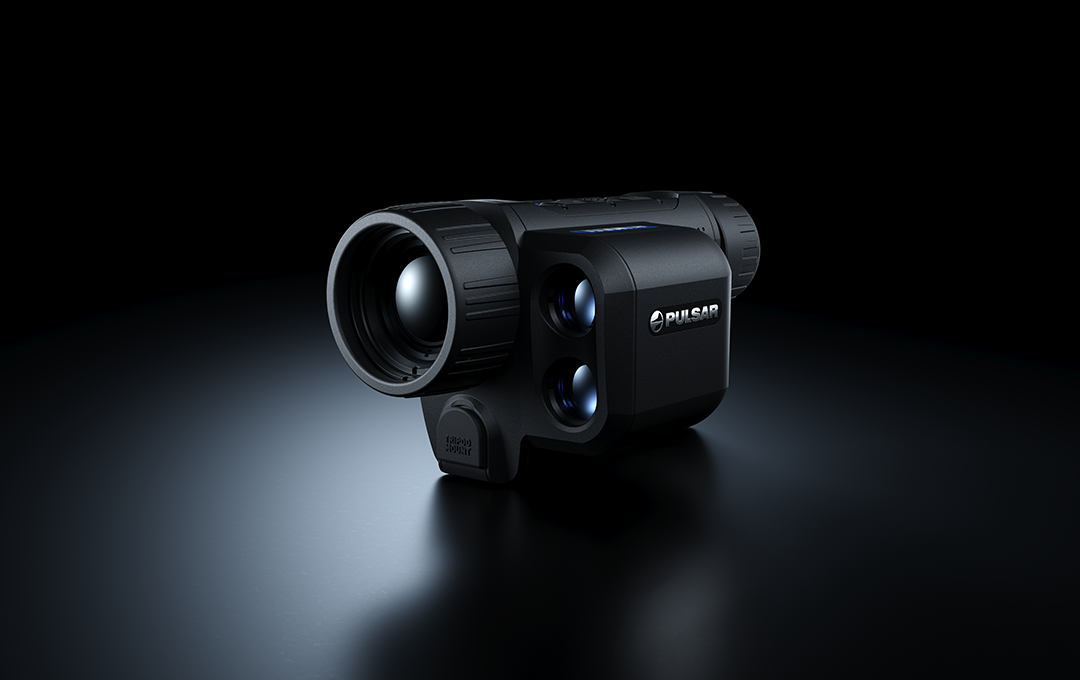
In my opinion, the concept of combining a thermal imaging device and a laser rangefinder in one device is ideal for hunters who prefer night hunting at long distances.
Moreover, the device is really compact – it can easily be put into the pocket of a winter jacket, and it weighs only 380 g without a battery.
Now let's talk about the differences in the body from that of the Pulsar Axion XM series. In addition to the “ridge” in the magnesium body for installing a laser rangefinder, there are only a few differences. As before, the device can withstand immersion to a depth of 1 meter for half an hour, which corresponds to the IPX7 standard. As before, the power supply comes from a replaceable battery. But there are also differences. The old APS 3 battery had a capacity of only 3200 mAh, while the new APS5 battery has a significantly higher capacity – 4900 mAh.
In addition, the battery clasp has been changed. Now it is removed from the body end surface under the lens and the battery itself is locked by turning the battery cover. This is due to the fact that the previous design did not provide an “intelligible” latching moment – you lowered the battery into the slot and it was never clear whether it was fixed there or not.
By the way, the battery cover is removable now. I was a little surprised to see this item included in the package supply. In fact, now there are even two such covers – in a case of loss, apparently.
Another innovation is a ¼ inch photographic tripod mount. In the Pulsar Axion XM series, this mount was at the base of the body (which is logical), in the front, and was located next to the battery catch. The mount was very shallow and the device wobbled on a tripod. This problem was noticed (which is nice) on Pulsar devices and this assembly was redesigned – the mount is located on the front end of the body now and the kit includes an L-shaped clip that secures the device to a tripod.
In my opinion, the decision is quite reasonable. The mount is covered with a rubber plug, which is attached to the body. When attaching the clip, the plug does not interfere: it folds back into the gap between the body and the clip.
The Pulsar Axion XQ has a USB type-C connector instead of a micro-USB which the Pulsar Axion XM had. The main purpose of this is to provide external power from a PowerBank or to charge a battery.
By the way, the external charger included in the kit impressed me – it is made of aluminum, has a powerful radiator and is designed to charge two batteries at once. The new power adapter supports fast charging technology when using an APS5 battery.
More functions include the AMOLED display with a resolution of 1024×768 pixels operates at temperatures down to -25 °C and the lens with a focal distance of 38 mm which has an optical zoom of 3.5x, supported by a digital zoom of 3.5-14x.
Some functions are already familiar to Pulsar devices: exchangeable colour palettes (eight palettes), Image Boost, 4 observation profiles (mountains, forest, identification and custom), temporary display disabling.

Now let's discuss what’s missing in this device. In the Pulsar Axion LRF XQ38, Pulsar chose to leave out a built-in WiFi module with the ability to connect to a smartphone via the Stream Vision application, as well as a built-in recorder for screen image recording. At the same time, another model was released, Pulsar Axion XQ38, without the letters LRF, which has both a recorder and a WiFi module, but which lacks a laser rangefinder. In my opinion, this division is somewhat artificial. If it is still possible to manage without a recorder, then I am personally upset by the omission of a WiFi module on the Pulsar Axion LRF XQ38. I have already gotten used to this service and the convenience of working with Stream Vision, which enables the function of not only using a smartphone as an external viewfinder, but of updating the software with new firmware.
I think that it is worth thinking about returning to the Pulsar Axion LRF XQ38 at the very least a WiFi module and the possibility of video signal output to an external device using USB type-C, since it has appeared in a new device.
Now, after this hands-on review of this thermal imaging device, I'm going to test it.
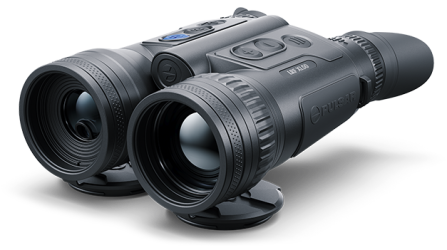 Merger LRF XL50
Thermal Imaging Binoculars
Merger LRF XL50
Thermal Imaging Binoculars
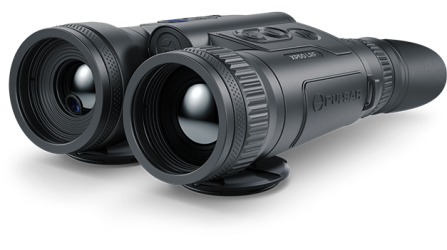 Merger LRF XP50
Thermal Imaging Binoculars
New
Merger LRF XP50
Thermal Imaging Binoculars
New Merger LRF XP35
Thermal Imaging Binoculars
Merger LRF XP35
Thermal Imaging Binoculars
 Merger LRF XQ35
Thermal Imaging Binoculars
New
Merger LRF XQ35
Thermal Imaging Binoculars
New Telos
Thermal Imaging Monoculars
Telos
Thermal Imaging Monoculars
 Axion 2 LRF
Thermal Imaging Monoculars
Axion 2 LRF
Thermal Imaging Monoculars
 Axion 2
Thermal Imaging Monoculars
New
Axion 2
Thermal Imaging Monoculars
New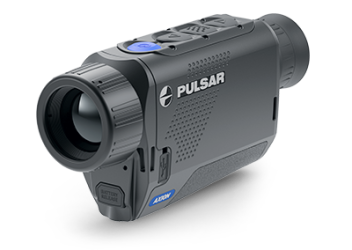 Axion XQ30 PRO
Thermal Imaging Monoculars
Axion XQ30 PRO
Thermal Imaging Monoculars
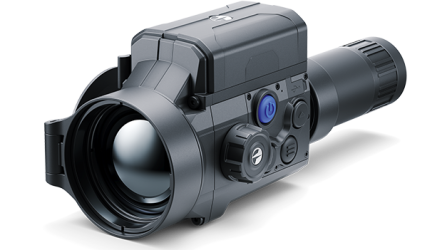 Krypton 2
Thermal Imaging Monocular
Krypton 2
Thermal Imaging Monocular
 Axion XM30F
Thermal Imaging Monoculars
Axion XM30F
Thermal Imaging Monoculars
 APS Batteries
Battery Packs
APS Batteries
Battery Packs
 APS Chargers
Battery Chargers
APS Chargers
Battery Chargers
 IPS Batteries
Battery Packs
IPS Batteries
Battery Packs
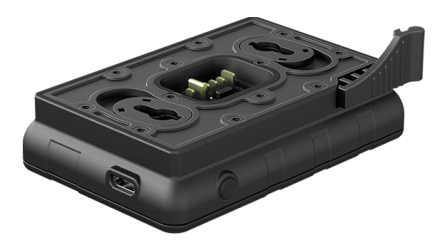 IPS Battery Charger
Battery Charger
IPS Battery Charger
Battery Charger
 Rifle Mounts
for Pulsar Riflescopes
New
Rifle Mounts
for Pulsar Riflescopes
New PSP-V Weaver Rail Adapter
Adapter
PSP-V Weaver Rail Adapter
Adapter
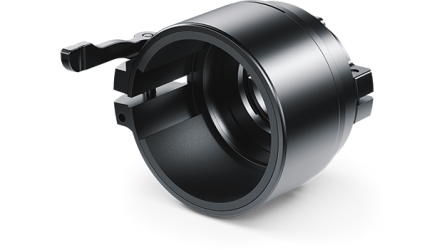 PSP Ring Adapters
Adapters
New
PSP Ring Adapters
Adapters
New PSP-B Ring Adapters
Ring Adapters
PSP-B Ring Adapters
Ring Adapters
 FN Adapters
Cover Ring Adapters
FN Adapters
Cover Ring Adapters
 Remote Controls
for digital devices and thermal imagers
Remote Controls
for digital devices and thermal imagers
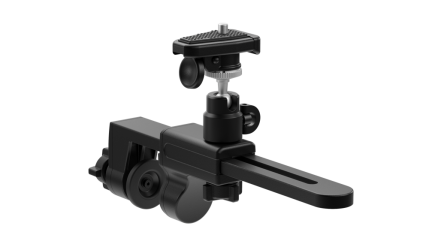 C-Clamp Mount
Pulsar Accessories
C-Clamp Mount
Pulsar Accessories
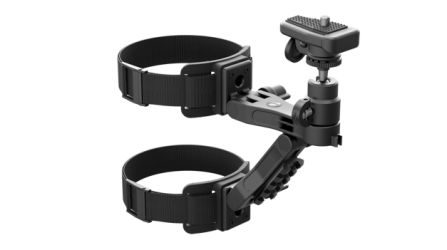 Tree mount
Pulsar Accessories
Tree mount
Pulsar Accessories
 Window Frame Mount
Pulsar Accessories
Window Frame Mount
Pulsar Accessories
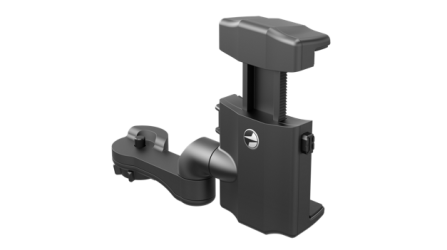 Helion Flip-Up Phone Mount
Pulsar Accessories
Helion Flip-Up Phone Mount
Pulsar Accessories
 Flat Glass Mount
Pulsar Accessories
Flat Glass Mount
Pulsar Accessories
 Neck Straps
Accessories
New
Neck Straps
Accessories
New Monocular Pulsar 3x20 B
Accessories
Monocular Pulsar 3x20 B
Accessories
 Thermal Zeroing Targets
Accessories
Thermal Zeroing Targets
Accessories
 Telos LRF Tripod Adapter
Pulsar Accessories
Telos LRF Tripod Adapter
Pulsar Accessories







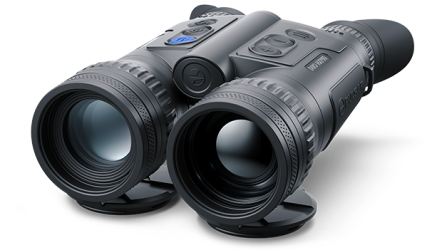

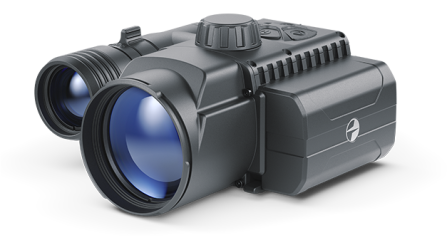




 English
English German
German French
French Spanish
Spanish Italiano
Italiano English
English Lietuvių
Lietuvių


